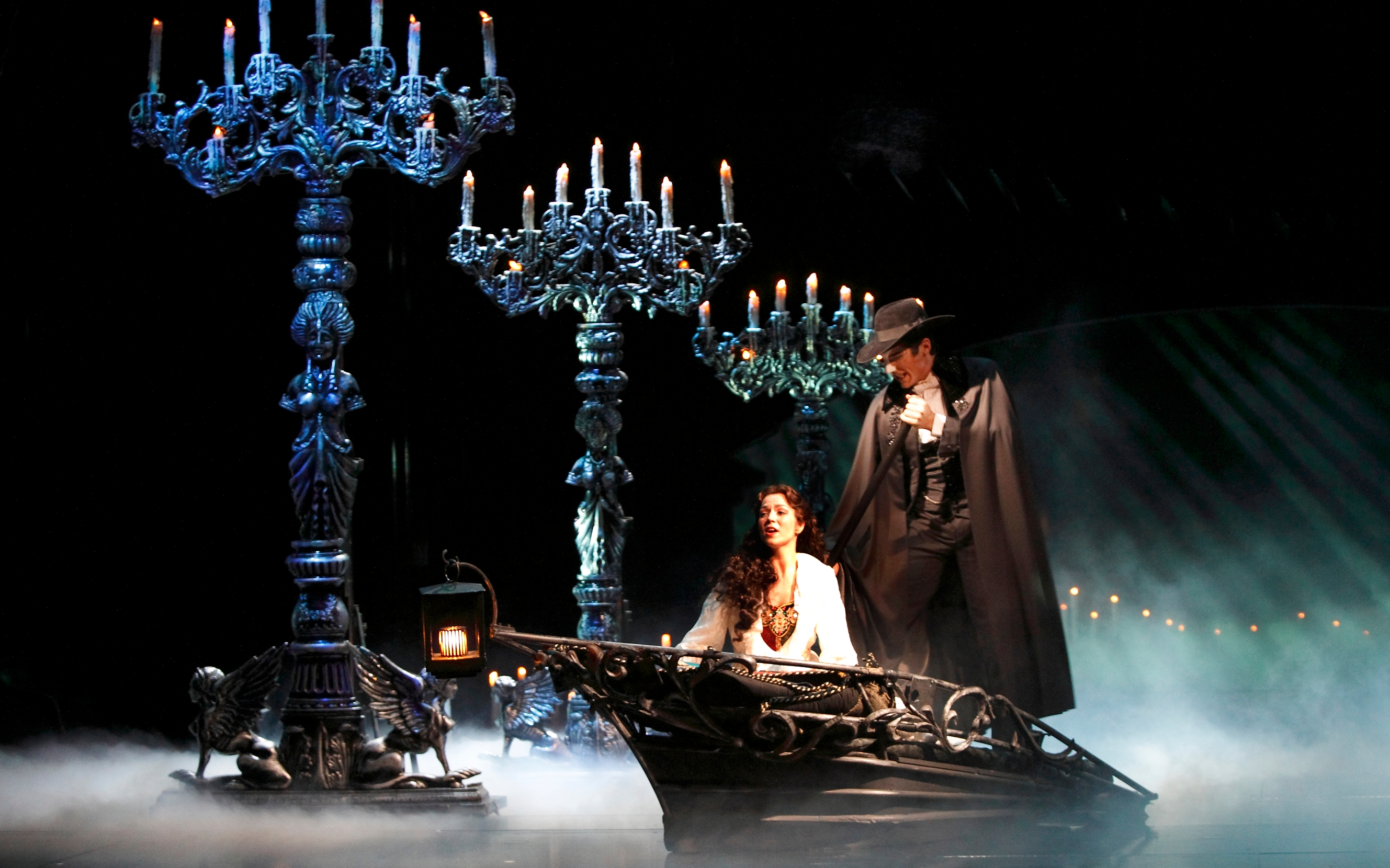


These metareferential aspects are amplified in the 2004 film version, where the cinema audience is able to observe not only the ‘operas’, but also the opera ‘audience’ within the production. However, outside of the diegetic context of the musical’s story, they also possess extracompositional qualities which reference musical, historical, and dramatic events, as well as musical styles, repertoires, and even specific works. These fragments themselves play important intracompositional roles in the plot. Departing from Gaston Leroux’s 1909–1910 novel, in which actual operas (notably Gounod’s Faust) function as important plot devices, Lloyd Webber and his librettists created three pastiche ‘operas’, parts of which are heard and seen in the course of the musical. A so-called megamusical, it is a popular musical theatre piece in which opera itself is a kind of character, and which refers on many levels to opera, operatic conventions, and specific operatic musical styles. Andrew Lloyd Webber’s The Phantom of the Opera (London, 1986) presents an interesting case of metareference.


 0 kommentar(er)
0 kommentar(er)
